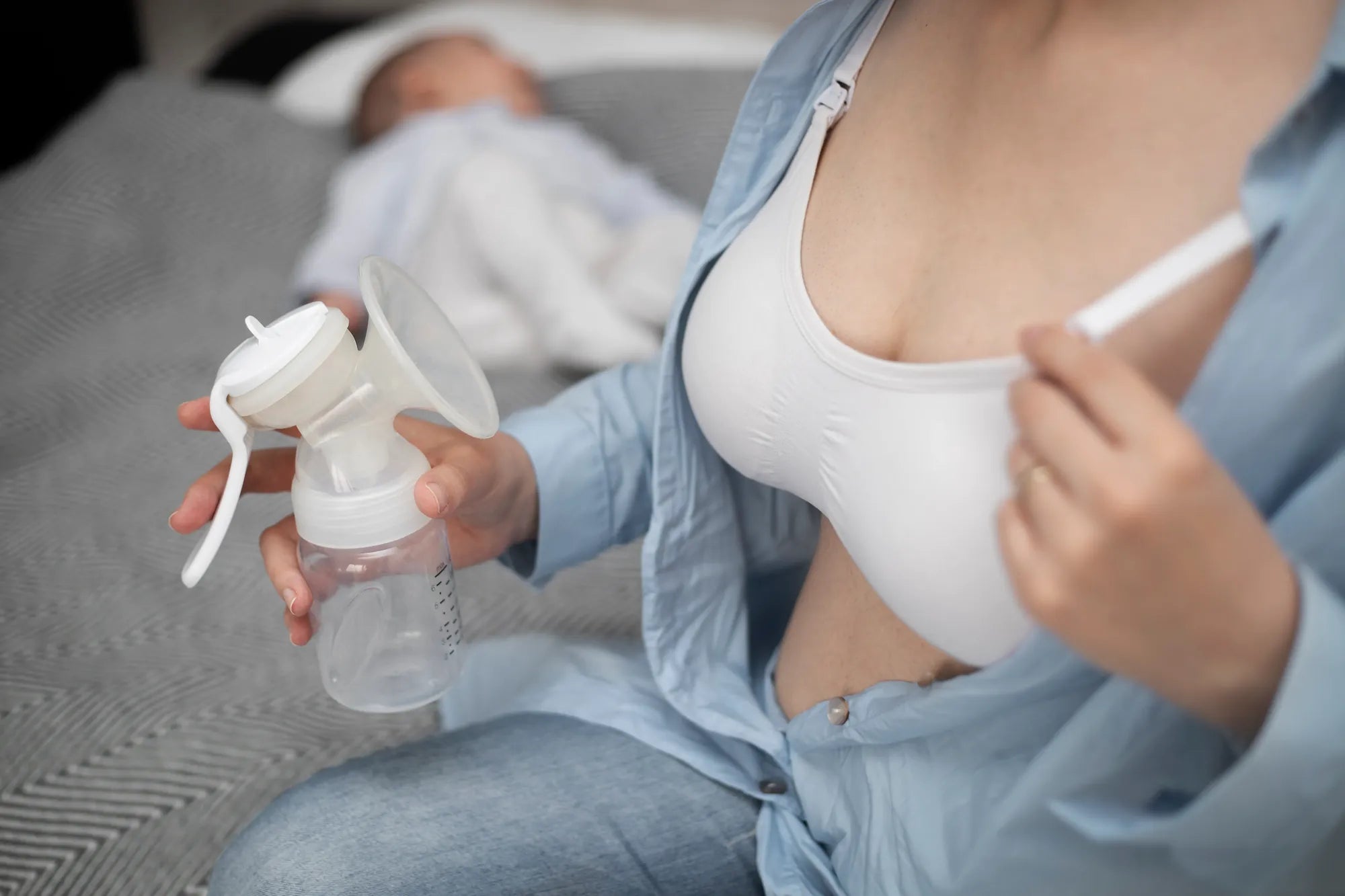Startseite
Pregnancy, Breastfeeding, and Pumping: The Ultimate Guide for Moms
How to Clean Milk Out of Breast Pump Tubing: A Complete Guide

How to Clean Milk Out of Breast Pump Tubing: A Complete Guide
Why Cleaning Breast Pump Tubing is Essential
Cleaning breast pump tubing is a crucial step in maintaining the hygiene and functionality of your breast pump. Milk residue left in the tubing can lead to bacterial growth, which can contaminate the milk and pose health risks to your baby. Regular cleaning not only ensures the safety of your milk but also extends the life of your breast pump components.
Step-by-Step Guide to Cleaning Breast Pump Tubing
Follow these steps to effectively clean milk out of your breast pump tubing:
- Disassemble the Tubing: Start by carefully disconnecting the tubing from the breast pump and other components. This allows you to clean each part thoroughly.
- Rinse with Warm Water: Rinse the tubing under warm running water to remove any visible milk residue. Avoid using hot water as it can damage the tubing.
- Use a Cleaning Solution: Prepare a mild cleaning solution by mixing a few drops of dish soap with warm water. Submerge the tubing in the solution and let it soak for a few minutes.
- Scrub Gently: Use a soft brush or a bottle brush to gently scrub the inside of the tubing. Ensure that all milk residue is removed.
- Rinse Thoroughly: Rinse the tubing under warm water again to remove any soap residue. Make sure there are no soap bubbles left inside the tubing.
- Dry Completely: Hang the tubing in a well-ventilated area to air dry. Ensure that it is completely dry before reassembling it with the breast pump.
Tips for Maintaining Clean Breast Pump Tubing
Here are some additional tips to keep your breast pump tubing clean and in good condition:
- Clean Immediately After Use: Clean the tubing as soon as possible after each use to prevent milk from drying and sticking to the inside.
- Regular Inspections: Regularly inspect the tubing for any signs of wear and tear, such as cracks or discoloration. Replace the tubing if necessary.
- Use a Drying Rack: Invest in a drying rack specifically designed for breast pump parts. This helps ensure that all components dry thoroughly and quickly.
- Follow Manufacturer’s Instructions: Always refer to the manufacturer’s guidelines for cleaning and maintenance to avoid damaging your breast pump components.
Common Mistakes to Avoid
When cleaning breast pump tubing, avoid these common mistakes to ensure the safety and longevity of your equipment:
- Using Harsh Chemicals: Avoid using harsh chemicals or bleach, as they can damage the tubing and leave harmful residues.
- Incomplete Drying: Ensure that the tubing is completely dry before reassembling it. Moisture can lead to mold growth and contamination.
- Neglecting Regular Cleaning: Skipping regular cleaning can lead to the buildup of milk residue and bacteria, compromising the safety of your milk.
When to Replace Breast Pump Tubing
Even with proper cleaning, breast pump tubing may need to be replaced over time. Here are some signs that it’s time to get new tubing:
- Visible Damage: If you notice cracks, holes, or discoloration in the tubing, it’s time to replace it.
- Persistent Odors: If the tubing retains a milky or unpleasant odor even after thorough cleaning, it may be time for a replacement.
- Decreased Suction: If you experience a decrease in suction power, it could be due to compromised tubing. Replacing it may restore the pump’s efficiency.
By following these guidelines, you can ensure that your breast pump tubing remains clean, safe, and functional. Proper cleaning and maintenance not only protect your baby’s health but also extend the life of your breast pump, making it a worthwhile investment of your time and effort.
Teilen
